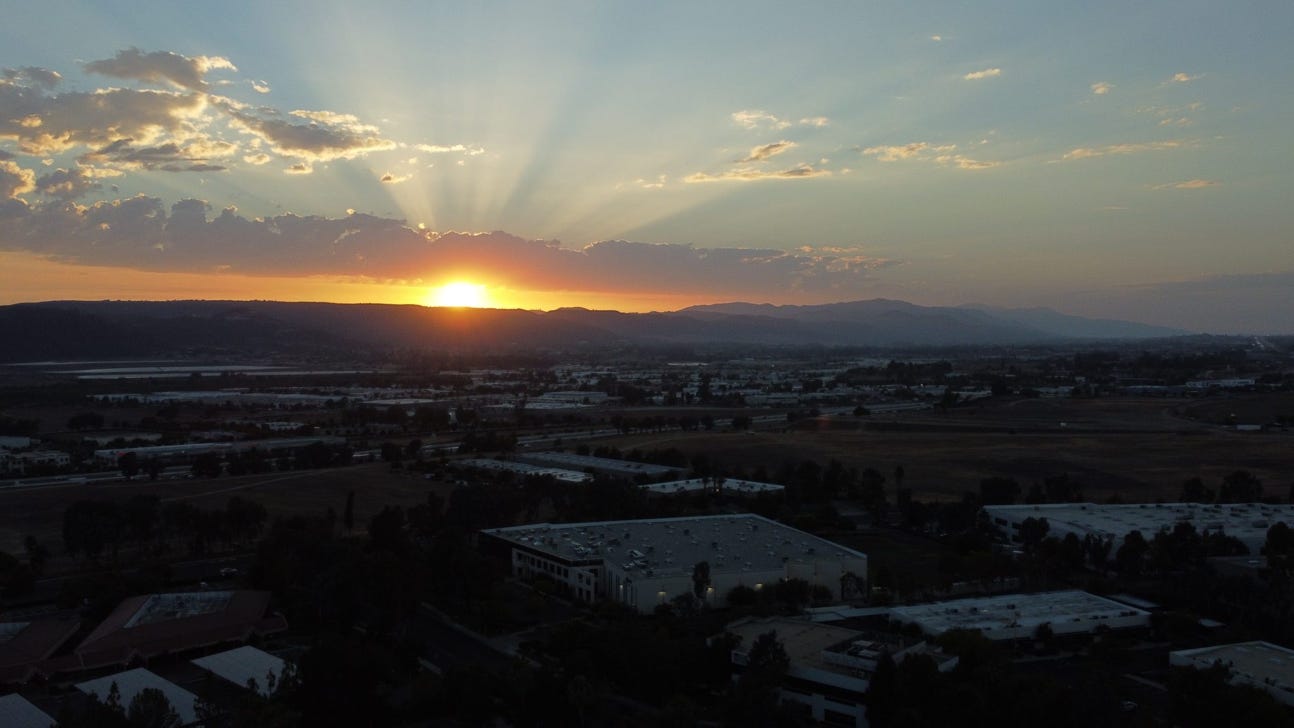-
Menu
Long before any migrations by the Vikings into the North American continent, indigenous people had already lived in Temecula for epochs. Before the Roman Empire, at the end of the Upper Paleolithic period, the distant ancestors of the Pechanga Band of Luiseño Indians lived in the regions from Riverside to San Diego counties and throughout the Temecula valley. Artifacts from the first 97 centuries of the history of Temecula show suggest the manufacture of goods including stone tools, baskets, and pottery were traded along Southern California’s trade routes. Source: https://www.pechanga-nsn.gov/
This lifestyle was virtually unchanged until 1797 when the first Spanish missionaries appeared in the Temecula Valley, bringing with them Temecula’s official modern history. By 1798, Spanish missionaries established Mission San Luis Rey de Francia within the borders of Luiseño Ancestral Territory.The Payómkawichum began to be called San Luiseños, and later, just Luiseños.Even earlier, in 1776, the year the colonies declared independence from King George and England, the first incursion into the lives of Temecula’s native people took the form of people of the region being “taken” to Mission San Juan Capistrano where they enjoyed a life of conscripted serfdom and farm labor. The new world had independence in the East and new forced dependence in the West.
Further conscripted involvement in mission life followed when the newly established Mission San Luis Rey de Francia needed its own labor force. Conversion of the “Indians” to Christianity was not progressing very well. It seems the Indians practiced, enjoyed, and valued freedom and independence too much for the tastes of first the Spanish, then English, Russians, Mexicans and even other Indian tribes that encroached on the region only after their own disruption by Europeans.
But don’t worry about all that because…
There’s always the modern narrative that Temecula was nothing more than an uninhabitable area of scrubland and hills, covered in cactus and sagebrush. The urban sprawl of Los Angeles County and the ever-growing tourist industry in San Diego County have all but obscured the memory of Temecula’s original inhabitants, their cultures, and their centuries-long occupation of the region, but you can still find a record of ancestral history at https://www.pechanga-nsn.gov/
Then for comparison, there’s that recent dispute over Ukraine.
The official Temecula.gov site only recognizes inhabitants of Temecula back 900 years. Forget all the rest of the previous 9000 years. Nothing important happened until folks at Mission San Luis Rey over in Oceanside stamped the locals with a name that mattered, the Luiseños. How clever. How original. We don’t know where ancestral stories came from because nobody existed before that according to whoever didn’t know about carbon dating of artifacts.
Now in 1797 things of significance began to happen when the first white man and seven soldiers wandered around Lake Elsinore, down to Temecula, and across to Carlsbad and cooler ocean climate, and said “Let’s live here!” After a dozen years of this life, Juan Santiago high-tailed it back to Mexico where we all presume he lived in the lap of luxury, relatively speaking.
Little is recorded about the area after that since any records were kept in San Francisco and destroyed in the 1906 earthquake. Nevertheless, the Rancho system was eventually employed to hand over large land grants to people who could manage locally better than the distant and increasingly irrelevant Mexican government. Alta California was becoming a separate entity from Mexico and ugly local war parties that rivaled present-day urban gang warfare led to the Temecula massacre of 1847. People in those days just couldn’t get along until near-anarchy culminated when Juan Flores and his gang of outlaws terrorized the region until his catch and release by the Los Angeles Jailer on February 21, 1857. Unfortunately for Juan, he was released to a mob that promptly hanged him.
Then civilization finally set in, sort of, with the arrival of the first run of the Butterfield Overland stagecoach line between St. Louis and San Francisco. Its stopping place in Temecula was the Magee store. This establishment also served as the second post office in all of California. By the late 1860s, many people had arrived via the stagecoach line then after the civil war, a greater migration of post-war hopefuls for a better life. It only took about a dozen years for the local Indians to be shuttled off via executive order to the Pechanga Reservation. Rail lines were established and then flooded out. Cattle drivers took over and Temecula was a cow town controlled mostly by ranchers. A bank opened on Front Street which was robbed once but there was no FDIC in that day, and the gold and cash really meant something to the locals since it couldn’t be replaced by anyone else, so they chased the robbers down, killed them, and displayed their bodies for public viewing. More unremarkable years passed. Then 1964 brought the sale of Vail Ranch to Kaiser Development Company and then all manner of modern advances broke loose.
The area became known as Rancho California and real estate boomed, mostly for avocado orchards and grape vineyards. Once the I-15 was completed in the early 80s, the incorporation of Rancho California was dubbed the new city, Temecula. In 25 short years, the modern city of Temecula along with Murrieta, Menifee and Fallbrook became a haven of bedroom communities of new houses and modern amenities, and local businesses.
Much of this information was derived from https://www.temeculaca.gov/150/History-of-Temecula.


Temecula Sunset
Copyright text 2021 by Temecula General and Remodeling Construction Contractor.